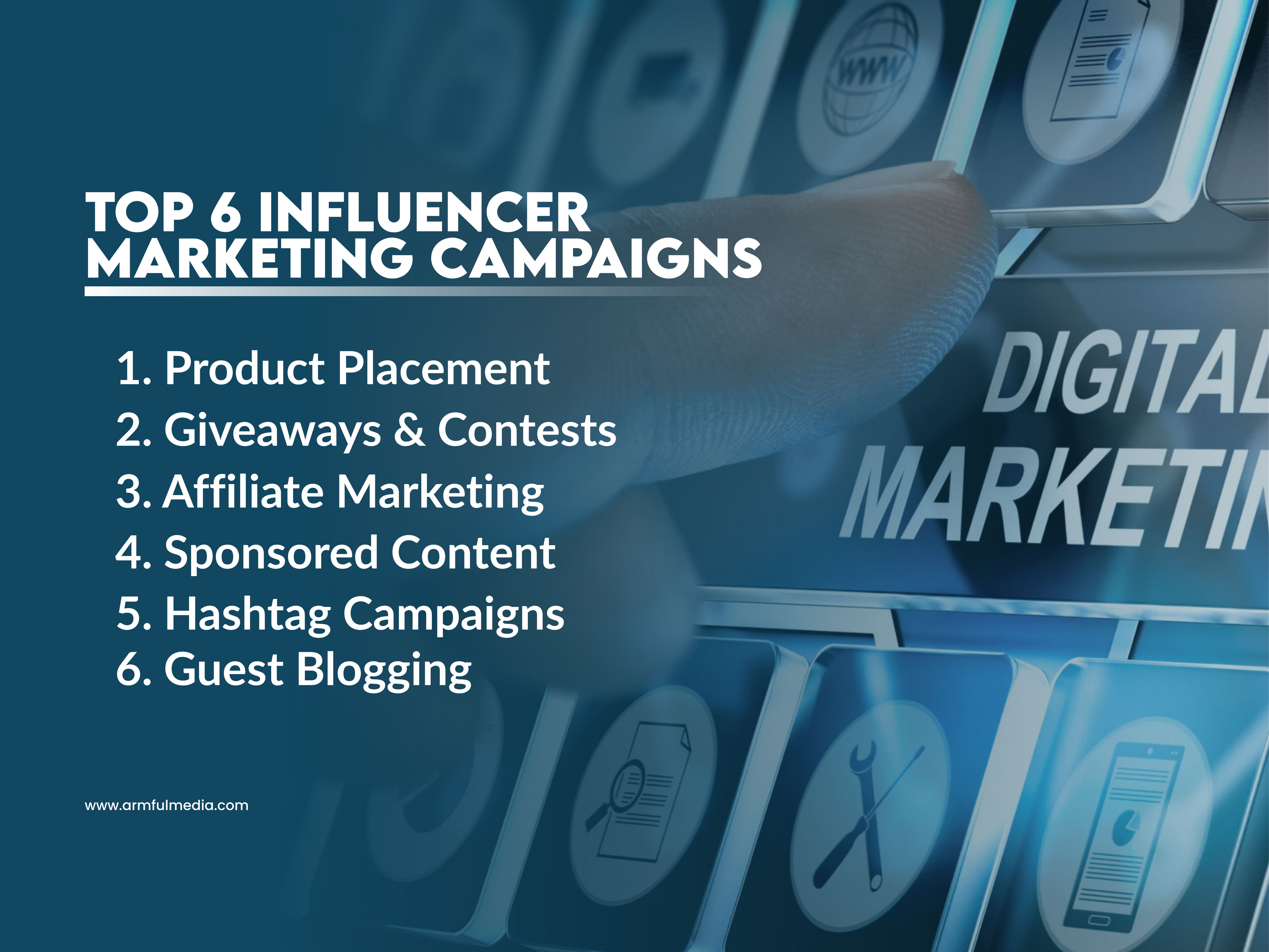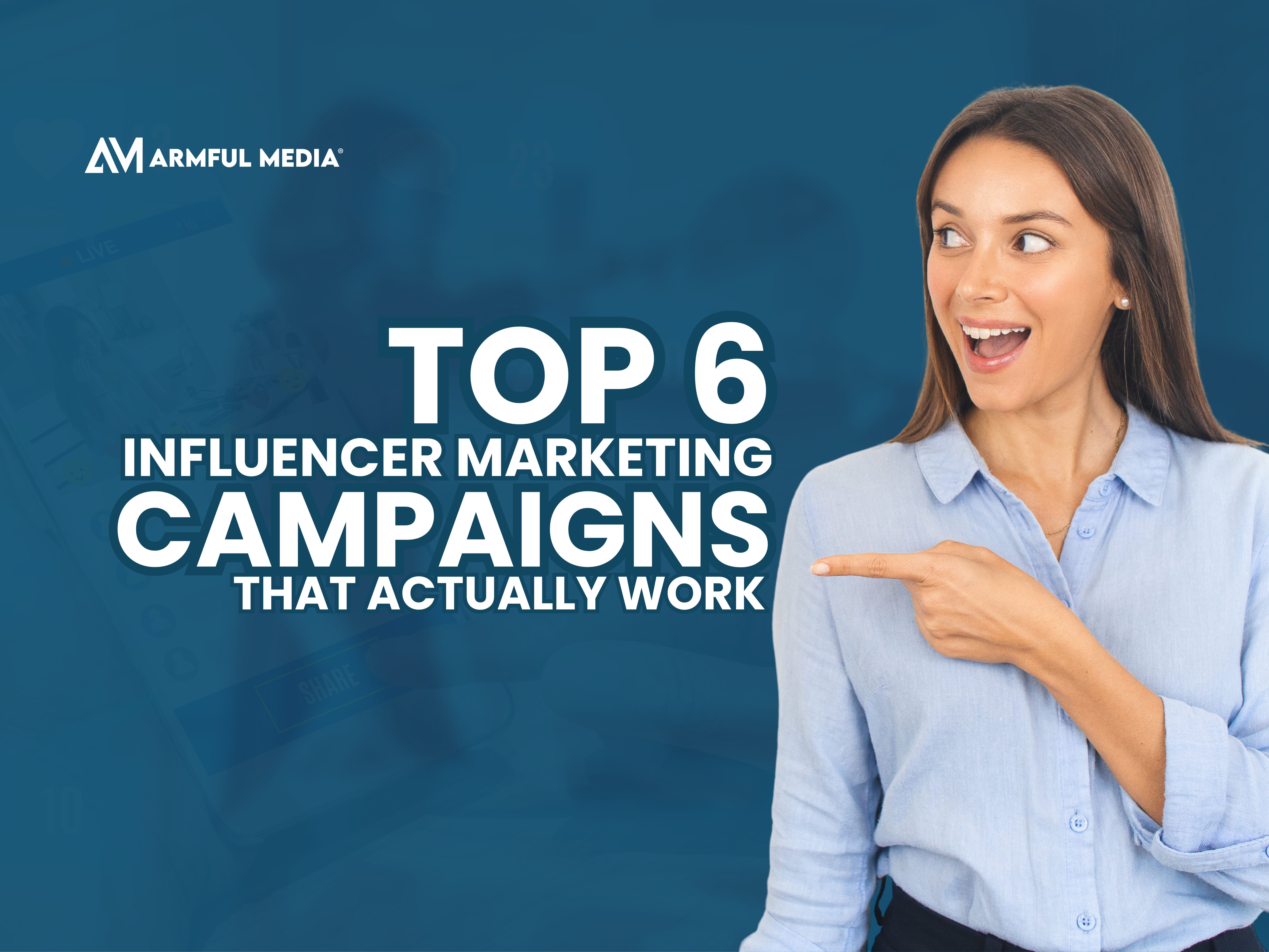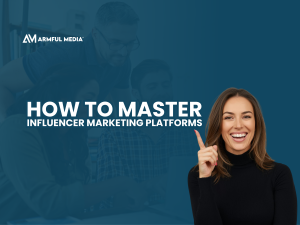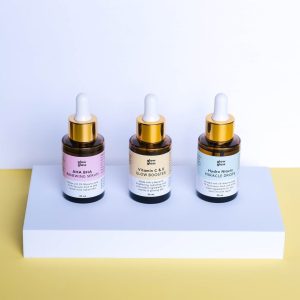Influencer marketing remains one of the most powerful ways for brands to reach audiences. People trust creators more than traditional ads, making influencer-led campaigns potent tools for awareness and conversions. Choosing the right campaign format helps you connect with customers authentically and effectively.
The creator economy grows stronger each year, and audiences now spend more time on platforms like TikTok, Instagram, and YouTube. Smaller influencers have proven especially effective because of their close bonds with followers. Selecting the right campaign approach now matters more than ever if you want measurable results.
Top 6 Influencer Marketing Campaigns
Influencer marketing works best when you pick the right approach for your brand. Each campaign type helps you reach your audience in a natural and effective way.

1. Product Placement
Product placement involves integrating your product into an influencer’s content in a subtle and natural way. This could be through a fashion influencer wearing your apparel or a tech reviewer showcasing your gadget in their daily routine.
Benefits:
- Seamless integration into content
- Builds brand awareness without overt promotion
- Appeals to audiences who value authenticity
Example: A beauty influencer casually applies your skincare product in a tutorial, subtly highlighting its benefits without a direct sales pitch.
2. Giveaways & Contests
Hosting giveaways or contests in collaboration with influencers is an effective way to increase brand visibility and engagement. Influencers can encourage their followers to participate by tagging friends, sharing posts, or using a specific hashtag.
Benefits:
- Rapid increase in brand exposure
- Encourages user-generated content
- Builds excitement and community around your brand
Example: A fitness brand partners with an influencer to host a workout challenge, offering winners exclusive products or discounts.
3. Affiliate Marketing
Affiliate marketing allows influencers to earn a commission for driving sales through their unique referral links or discount codes. This performance-based model aligns the interests of both the brand and the influencer.
Benefits:
- Cost-effective with measurable ROI
- Motivates influencers to drive conversions
- Scalable across multiple influencers
Example: A fashion retailer collaborates with influencers to promote a seasonal collection, providing them with personalized discount codes for their followers.
4. Sponsored Content
Sponsored content involves paying influencers to create content that features your product or service. This could be in the form of blog posts, social media updates, videos, or podcasts.
Benefits:
- High-quality, professionally produced content
- Access to the influencer’s established audience
- Flexibility in content format and messaging
Example: A tech company sponsors a YouTuber to review their latest product, reaching a tech-savvy audience interested in detailed insights.
5. Hashtag Campaigns
Hashtag campaigns encourage influencers and their followers to use a specific hashtag when posting content related to your brand. This can help create a sense of community and increase the discoverability of your brand.
Benefits:
- Facilitates viral content sharing
- Encourages user participation and engagement
- Expands brand reach through organic content
Example: A travel brand launches a hashtag campaign encouraging users to share their travel experiences using a branded hashtag, with influencers leading the charge.
6. Guest Blogging (B2B/Authority Strategy)
Guest blogging involves collaborating with influencers to create content that is published on your website or their platforms. This is particularly effective in B2B contexts where thought leadership and industry authority are paramount.
Benefits:
- Enhances brand credibility and authority
- Drives traffic to your website
- Provides valuable content for your audience
Example: A SaaS company invites industry experts to write guest posts on their blog, sharing insights and best practices related to their software solutions.
How to Choose the Right Campaign for Your Brand
The best campaign for you depends on your business goals. Some campaigns work better for building awareness, while others are aimed at sales or customer loyalty. Knowing what you want to achieve makes it easier to choose the right approach.
- Set a clear goal
- Awareness works well with product placements or hashtag campaigns.
- Consideration works well with reviews and guest posts.
- Conversions work well with giveaways and affiliate links.
- Match campaign type to your product
- High value items benefit from in depth reviews or live demonstrations.
- Lower value items often perform best with quick and engaging content.
- Choose the right influencer tier
- Nano and micro influencers usually drive higher engagement rates.
- Macro influencers are stronger for reach and brand visibility.
- Select the right platform
- TikTok and Instagram are effective for discovery.
- YouTube works well for tutorials and reviews.
- LinkedIn and blogs are better for B2B audiences.
- Plan for compliance and tracking
- Make sure disclosures are clear by using #ad or #sponsored.
- Provide each influencer with unique codes or links so you can track conversions.
Tip: Before you decide on a campaign, test different approaches with a few influencers. This allows you to double down on what works rather than guessing.
Key Benefits of Running Influencer Campaigns
Influencer campaigns give brands an edge because they combine authenticity with reach. They not only improve visibility but also create long term value by producing reusable and relatable content. These benefits make influencer marketing one of the most powerful strategies in today’s digital landscape.
- Trust & Credibility: People view influencer recommendations as more genuine than traditional ads. This trust increases brand acceptance and drives faster purchase decisions.
- Higher Engagement: Influencer posts often receive more comments, shares, and saves compared to brand content. This deeper interaction builds stronger connections with audiences.
- Full Funnel Support: Influencer campaigns can generate awareness, encourage consideration, and drive conversions. This flexibility makes them effective across the entire customer journey.
- Content Value: Influencers produce creative and relatable content that brands can reuse for ads, emails, and social media. This saves both time and production costs.
- Targeted Reach: Campaigns can be tailored to reach niche groups through micro influencers or broader audiences through macro creators. This ensures marketing spend is directed to the right people.
- Cost Effectiveness: Compared to traditional ads, influencer campaigns often deliver stronger results for a lower cost. Brands only pay for measurable engagement or agreed deliverables, making budgets more efficient.
Tip: Negotiate content rights during the contract stage. This allows your brand to repurpose influencer content across multiple platforms and maximize return on investment.
Common Mistakes to Avoid in Influencer Marketing
Many campaigns fail because of poor planning. Brands sometimes choose influencers based only on follower counts or launch campaigns without proper tracking. Avoiding these mistakes can save time and money while improving outcomes.
- Focusing Only on Follower Count: A large following doesn’t always mean strong influence. Engagement rate, audience quality, and niche alignment are better indicators of campaign success.
- Unclear Briefs: Without specific guidance, influencers may create content that misses the brand’s goals. Clear instructions ensure alignment while still giving them creative freedom.
- Ignoring Disclosure Rules: Audiences value transparency, and regulators require it. Proper disclosure keeps campaigns credible and compliant with advertising laws.
- Weak Landing Pages: Driving traffic to a generic homepage often results in lost sales. Optimized landing pages tailored to the campaign convert visitors more effectively.
- Poor Tracking Systems: Without UTM links or discount codes, it is impossible to measure which influencer delivers results. This makes campaign analysis unreliable.
- Relying on One-Off Posts: A single mention rarely builds trust or brand recall. Ongoing partnerships strengthen relationships and deliver more consistent impact.
Tip: Build a simple checklist before launching a campaign. Include goals, briefs, disclosure lines, tracking links, and landing pages to reduce errors and improve performance.
Measuring the Success of Influencer Marketing Campaigns
The first step in measuring success is linking campaign goals with the right metrics. Awareness campaigns should focus on reach and impressions. Conversion focused campaigns should look at clicks, add to cart, and sales.
Tracking also requires preparation before launch. Every influencer should have a unique link with UTM tags or a personal discount code. This ensures you can see traffic and conversions in analytics platforms like GA4 and in your sales data.
It’s also important to look beyond immediate clicks. Check assisted conversions, search trends, and direct traffic to see how the campaign influenced behavior. Combining quantitative data with qualitative signals like comments and customer feedback gives a clearer picture of campaign impact.
Final Thoughts
Influencer marketing works best when it’s planned with strategy and goals in mind. Choose campaign types that match your objectives and allow influencers to communicate in their own authentic voice. This balance helps you reach audiences with messages that feel both genuine and persuasive.
The real success comes from building ongoing relationships rather than running one off promotions. When you treat influencers as long term partners you can reuse their best content and grow together. This approach leads to stronger performance and sustainable results over time.
Ready to take your influencer campaigns to the next level? Book a discovery call today and see how we can help you achieve measurable results.

The Armful Media Content Team is a group of skilled writers, researchers, and strategists passionate about influencer marketing. We create content that drives real results, engages audiences, and builds trust, helping brands expand their reach and connect with their audience in meaningful ways.








